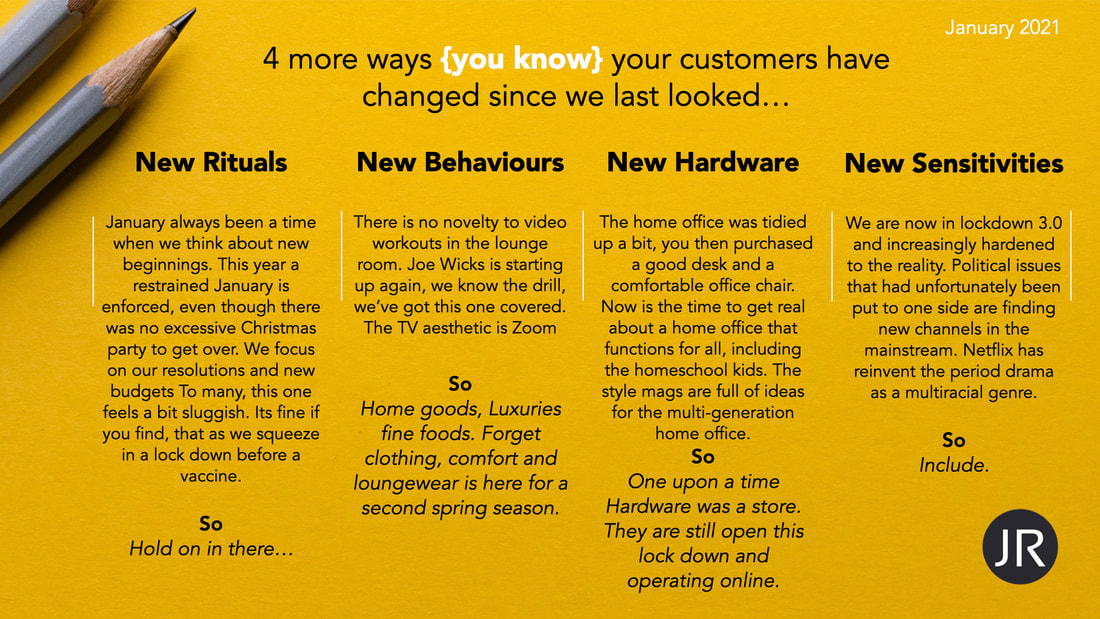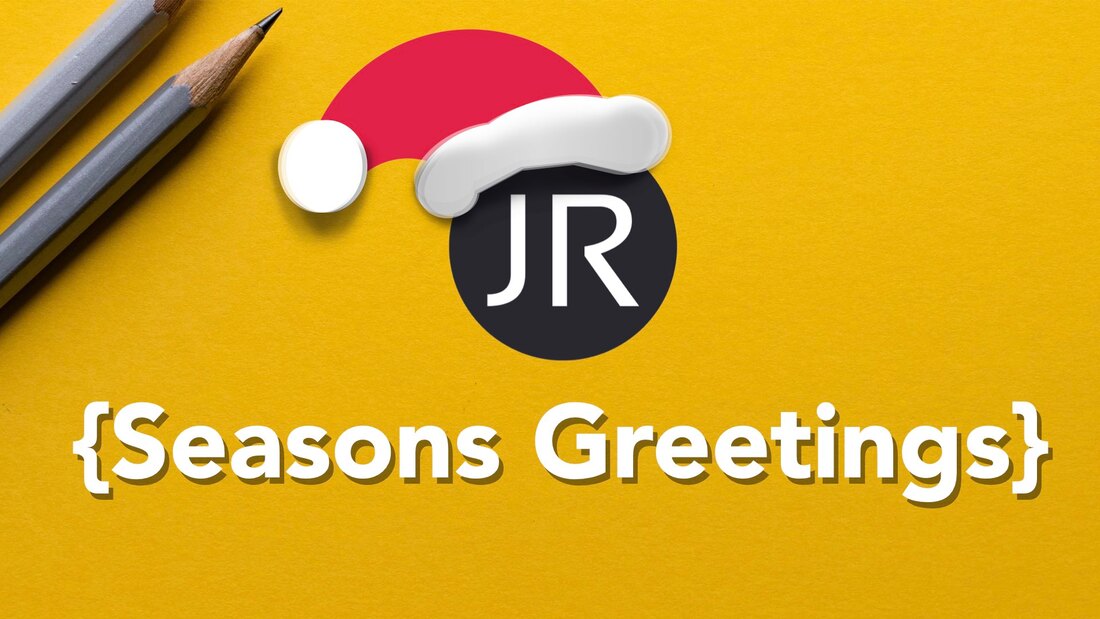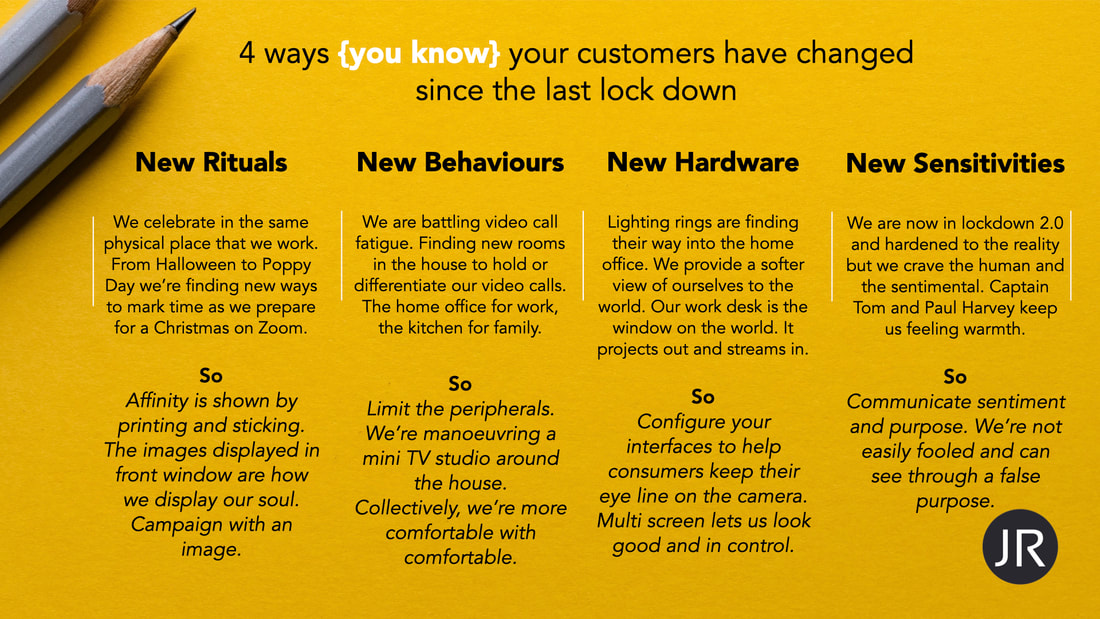|
In the realm of artificial intelligence, a topic that is being fervently debated, a multitude of opinions exist regarding its virtues and vices. Some envision it as a liberating force, while others fear its potential to wreak havoc on our world. As an independent consultant, I find myself subject to the demands of commerce, navigating this landscape with caution.
It never ceases to amaze me that when I engage in conversations with consultants from different industries and mention my extensive reliance on Chat GPT, their reactions are often a mix of curiosity and perplexity, although occasionally outright derision. To provide them with a concise explanation of my perspective, I feel compelled to expound upon my position. Generative AI truly shines when tasked with sifting through copious amounts of unstructured data, offering unique insights. Admittedly, these insights may differ from my own, but it's essential to consider the specific contexts where such capabilities prove invaluable:
As a professional, I would never attach my name to something written by another entity, virtual or otherwise. However, I would gladly leverage the work of others to construct my own case. This becomes particularly crucial when reviewing and refining the desired viewpoint. When approached for an opinion on a given situation, I disdain any delay between the request and the solution. While my effectiveness in conducting discovery activities may result in missed opportunities for day rates, the ability to swiftly compile a competitor list or a comprehensive ranking of vendors within a market is a significant efficiency gain. My role then transforms into that of a reviewer, editor, and overseer. I meticulously examine the output generated, identifying any gaps or caveats, and supplementing the initial insights with high-value recommendations. Often, the discovery exercise merely lays the groundwork for a more comprehensive study, which may require additional primary research conducted by yours truly. I admit I delegate some of the legwork to Chat GPT. Moreover, owing to its speed and efficiency, I can even orchestrate a series of similarly phrased requests, capturing nuances and shades of meaning. From a commercial standpoint, one could argue that the occasional loss of a few days, while impacting short-term turnover, enables me to deliver results to my clients more swiftly, with reduced overhead, and most importantly, enhance their time-to-value. These outcomes bode well for both me and my clients. However, I must extend my apologies to the student I won't be able to take on this year, as a consequence of these choices. Stephen Gillespie Copyright JumpRock 2023 At the close of January every year Gartner publishes its Magic Quadrant for Digital Experience Platforms (DXP). This herald’s chest beating from the various vendors as they explain how and why they have all landed where they have. Yet in a recent article on CMS Wire about DXP’s, the point is raised, that ‘many organizations are not utilizing this functionality to its fullest potential’. All the DXP’s that Gartner feature are highly credible platforms, feature rich and often carrying an enterprise sized price tag for PAAS and SAAS functionality. Part of the challenge lies in the procurement process. As a core piece of infrastructure regardless of whether the organisation is utilising the commerce functionality. IT and procurement functions will be involved in tendering, as will marketing and potentially ops who will be responsible for some if not all of the administration of the platform once implemented and configured. By acquiring a DXP you’re not purchasing a digital experience you are purchasing the means to create and manipulate digital experiences. If you are purchasing a DXP for the first time you need to be also onboarding DX as a strategy and approach, not simply a platform or capability. And in part, here lies the challenge.
Escaping the traps above will ensure that your DXP implementation will deliver the intended ROI and potentially exceed the headline expectation in the years to come. For some organisations the ‘website’ is a functional beast. A repository for content or product. That can be accessed to interact or transact. For these it may be worth considering that a DXP may be an unnecessary expense. Enhancing open-source content platforms with off the shelf marketing tooling may be sufficient. However, the organisational shift to an organisation that deals in experiences and not just content is essential to stay competitive and enhance margins. Within the plan for the new platform, it is important to understand that many DXP’s require extensive implementation, this may well require a technical partner aligned to your chosen platform. Platforms are increasingly complex and configurable. Selecting a PAAS system for its available features does not always mean that all the features will be applied in the implementation. It is important to be realistic about what features are needed and how they will be used by your teams. Staying in control of this will enable you to be sure that the features you need will be available to you on day one, and in the future. An essential part of the discussion here needs to be an understanding of how you are going to be using the platform. For instance, are you as an organisation keen on moving to the delivery of dynamically attributed, related content and product recommendations? If so, it is important that recommendations are considered within the development of the interface and the content workflow. Not just considered as a tick box in the procurement process. Even if you feel that AI driven recommendations may be a phase two or three implementation, having that consideration understood within the UI and accounted for in the development of the available blocks will enable you to adopt new technologies more quickly and cheaply at a later date. Part of the issue is that some UX processes have been developed around the delivery of CMS systems, an important precursor and component of your DXP. However, an adept marketeer will be looking to understand the tools and opportunities to optimise recommendations, not only within the layout but the experience overall. Creating the flexibility in the implemented product to deliver ongoing optimisation of the recommendations, helping deliver an increasing ROI. As is/to be analysis of user journeys can sometimes be used to define a single optimal journey that is then baked into an implementation. This can be short-sighted. Users do not always know what they want until they see it and an experience that is correct today may need to be adapted or enhanced by the time the platform is live. Our recent experience with Covid 19 has shown how customer expectations can shift rapidly. Customers who may have required telephone servicing previously are now more accepting of online to fit around home schooling and work. Equally expectations within ecommerce have developed radically as the volume of items consumed online escalates through the lockdown. We have tracked some of these changes here (1, 2-3) over the past 6 months. Ensuring you take steps to retain the inherent flexibility available to you within a DXP will assist your marketing team to enhance returns and the experience down the track. For some organisations divergent web platforms may need managing differently. For instance, the market facing corporate site may not need more than periodic upkeep and can be largely a content vehicle, however the customer facing product site which is an important customer digital experience. The ability to personalise content, or intelligently propose related experiences is a core feature of your DXP. Yet the definition of the journeys and the maintenance of them requires acumen and more importantly resources within the support teams to deliver and refine. As you go through a DXP implementation process it is important to identify where these resources are. They may be freed up by removing legacy activities from your old platform, if it required extensive maintenance or management. These resources may be repurposed. If not, it is important to identify what curation, promotion and optimisation skills will be required and build these into the implementation plan. If your implementation is the first DXP, it is essential that consideration is given not only before but during the implementation to how your organisation will use and deploy resources to support the DXP and what capabilities, you will be requiring of the DXP. To inform this process it’s important to understand what are the objectives of acquiring the DXP. Where is the return on investment that you will gain, on what will be a major investment? How will you improve on that ROI moving forward and ingrain the featured functions of the DXP into your organisations marketing, service and sales workflow. If you don’t know how this will pan out, some implementation partners may have change management capability that will be able to assist (alternatively take a view from an independent consultant). If the task is an upgrade to a newer version make sure you don’t ignore understanding how the new DXP enhances your previous capability. Many of the major platforms have been on the M&A march (Since 2016, Adobe (4), Episerver (3), Acquia (3), Salesforce (4) and Sitecore (2)) and have incorporated or are incorporating new functionalities that will not only empower your team but may require you to look at your internal workflows around content and merchandising to ensure you continue to get optimal returns. Addressing why a DXP?
A DXP, implemented mindfully and used well empowers your operation. However, in doing so it requires implementation to ensure not just successful roll out but ongoing success. It also needs a sophisticated marketing team and a clear understanding of how to implement a change in how experiences are handled within your platform. The important point is that A DXP is a powerful business tool. If you are going to make use of one and reap the benefits on an industrial scale it is important that you give the appropriate thought to how well it is implemented. If you are already paying a premium for a highly configurable business tool, and If you are not sweating it like any other asset. Take a look. Stephen GillespieCopyright JumpRock 2021 In the third in our occasional series of resources, 2021 is well under way with new global relationships and a worsening public health situation. The resilience and adaptability of business and consumers continues to impress with some new approaches and further ingraining of behaviours we’ve all learnt since March.
First things first. This article is not directed at our usual audience of Digital Product, UX or Agency teams. Product natives will be very familiar with the concepts here. When working with broader stakeholders within organisations, I sometimes get push back. As a result I felt that they sometimes do need refreshing on some of the premises. For businesses it is now more important than ever to ensure that what you are delivering adds value. Value for the customer, and value for the business. Some of the basic premises. Our task is to create business benefit through digital channels. Jeff Bezos outlined how this is best achieved when he said ‘We see our customers as invited guests to the party and we are the hosts. It’s our job every day to make every important aspect of the customer experience a little bit better!’. A party is a once only event. We are there to make everything perfect, to provide the guests with an experience that they will enjoy, and I feel that sometimes here is the tension. How can we prioritise when, for the party, everything is a priority! The unfortunate fact is resources are finite. We balance our requirements across a group of broad variables.
The final measure is quality. To explain this, a feature could be executed quickly by few resources and with minimal manual effort to deliver, functionality that could also be delivered to a high degree of polish. Here is where the Prius/Rolls Royce analogy works but unfortunately also fails. They are both cars that can get four people from A-B. It’s just that the time that goes into the production of both products is completely different. Ask any business owner and they will always want the Rolls Royce. But of course if you want a real Rolls Royce you have to join the waiting list and those wanting the Rolls Royce Phantom Drophead Coupe will have to wait five years. This is in essence the requirement for prioritisation. There is a need to get from A-B. we all want an extemporary experience for our customers but we don’t want to wait 5 years for it. To build the experience that perfectly suits the needs of your customers. The goal should be to follow the deploy, measure and learn approach building feature by feature until you get from your Prius to your Rolls Royce ensuring that you are building in the right components along the way. I rarely get projects with unlimited resources. However, quality and functionality are always required in abundance. In the worst scenarios time is also short. It’s a short explanation but ultimately as a product manager, I am looking to ascertain a rounded picture of the real requirements across all pillars. It is only when I have this that I can manage your product to make every important aspect of the customer experience a little bit better! In this scenario its important to gain an understanding of the organisational priorities. To understand this I use the following lens. Defining a prioritisation framework – Setting the prioritisation criteria Work out:
Or think about this question. What will be the cost of delay if you delivered a certain feature 3 months down the road or within the next couple of sprints! When considering the cost of delay. Think about the following.
So when we get a prioritised list we are not moving things out of scope, we are understanding their relevance to scope. We then use agile methodologies to develop, test, learn and iterate. Fail fast, excel quicker, iterate Even in our best efforts we don’t always get it right first time. That P1 priority item so painstakingly thought through doesn’t really deliver the expected results. That’s also okay if you are working with the Agile framework, because you test , measure and learn. The agile methods iterative nature also means the end product is ready for market much faster, staying ahead of the competition and quickly meeting the benefits. If you are live to market and the P1 enhancements are effective you are capitalising on that investment. Creating revenue in the short term to reinvest in further resources. To conclude, this article is not intended as rocket science or a definitive work. I’ve been in the industry so long that prioritisation is part and parcel of what I do. I do get a little surprised when people not from the same background ask, ‘But I want everything, why do I need a prioritisation exercise?’ I now have a little link, when I am asked that question again, I will send people here. And don’t forget. There is always another party. It’s not a one-time event! Mona RanjanCopyright JumpRock 2021 Our customers keep changing and adapting to the situation we all find ourselves in. As a second instalment, in what we hope will be a very short but ongoing series, we’ve produced a further quick slide outlining the immediate and obvious changes we can all attest to in the population, post covid. Download the slide and drop it into your next board deck. Cover up our JumpRock logo or keep it on there, it’s up to you. If you are a marketeer using your platforms in the same way that you did pre covid. It’s time to take a deeper look.
Stephen GillespieCopyright JumpRock 2020 So you’ve landed upon a clear set of business objectives for your web platform, You’ve developed a set of organisational key results (OKR's) to understand what constitutes performance against your objectives. You’re clear on how you can start working towards achieving them. You’ve identified the key customer experiences and how you can start to engineer them to engage with your customers, steering towards meeting your objectives. Great! You're in good shape You have objectives and the key building blocks of your strategy. In the current climate, that many businesses find themselves in, that is one hell of a start. You’ve conducted your prioritisation exercise and with a bit of crafting you’ll be down to your initial backlog. It is at this stage so easy to confine your thinking and actions to the activities in the backlog. With the fullness of time the team will put beautiful ticks in the boxes of job done. Of course, in digital when you're focussed-on time to value ‘done is sometimes better than perfect’. But the danger here is that you inadvertently fall back to a waterfall method of product development, The truth as you know is that done is not perfect. It is possible to do better but as the next strategic initiative lands, done remains as done. The Customer experience jerks forward only to stall and go no further. Customer experience should not a linear development. To have a product strategy is great in itself but despite the work and effort that went in to liaising with the stakeholders to develop the strategy. It is nothing more than a plan to achieve. It is a hypothesis. Like so much that we do. It assumes all else is the same and it’s our very best guess. Yes, based on experience and insight, and hopefully validated by customer research, but to a degree, a hunch. Going back to those OKR’s you have a huge advantage. The means to assess progress. As you continue to invest and complete the development activities, working through your roadmap, progress should be tracked. Development completed, is 'done' in one form, but it is important to go back to the originating business objectives. Are the customers engaging in the way you expected? As a result, are the new customer experiences delivering against those key results measures. Done=your first shot! In delivering a product road map it is imperative to have a solid build and release cycle. But as far as continuing to meet and exceeding those objectives is concerned the result is not delivery of the backlog. Meeting and exceeding the customer centric results is the activity that is going to drive your business and your product forward. Your hypothesis is an opportunity to experiment. But with all experimentation it’s the recognition and successful application of the results that takes us forward. As you continue to develop and future proof your business the agile, experimental approach also allows for course correction, optimisation and of course a dynamic drive for success. Stephen GillespieCopyright JumpRock 2020 When information gathering, within a business it is often the case that the most senior people in an organisation are the most adept at simplifying. Paring a raft of detailed and rich information down to a few short bullet points or a statement. Time is money and it’s important to get the pertinent information across succinctly and in the least amount of time. If what you need is depth, brevity is the enemy. You want the colour and the peripheral details, they will help you understand the boundaries of the subject matter. One approach which can deliver results is to ask people to picture the answer. Not verbally, not in any kind of semantic sense but give them a piece of paper and some pencils or a sharpie and ask them to draw 'what good looks like'? What you are doing is taking performant professionals and momentarily putting them out of their comfort zone. People who can simplify and communicate at an exceptionally high level have to move from using linguistics to using shapes, You put them in a place they may not have been for many years, they possibly have not drawn anything since they were at school. The stakeholders you are working with have to think in new ways. They have to imagine how they can communicate something in an unusual medium, and they will be clear that what they draw will have connotations. Watch as a new care will arise. You will see the eyes pop up to the top right of the sockets and the top of the pencil will get pointed towards, and chewed in the corner of the mouth. The exercise is a discussion starter within a workshop. It works very well if you are running a remote workshop as it gives each attendee something tangible to hold up and talk to on camera. Give the group time to think, explore and discuss and you will see wonderful things happen. Annotations will appear that you would never have seen before on bullet points. People will start to explain why their drawing includes a clenched fist, a wry smile or a hand over the eyes. You will get important contextual points coming out in the drawings. Now this is taking nothing away from simplification. Simplification is a wonderful thing and I agree fully with people who argue for it. This technique is a way of simplifying, remember a picture tells a thousand words, And this should be used when you need that depth, when you need some of the background colour and detail. You need the context and you need the subplot. You need the whole novel on a page! Anybody that has played Pictionary will understand what is going on here. And if you find you're working in an organisation that has an after-hours Pictionary league, I have one further piece of advice. In workplaces or teams where drawing is prized (a studio or a design organisation) ask them to make models. I have run this same technique before and asked the group to create sock puppets to act out what success looks like. It is wonderful how inventive people can be when asked to move outside of their comfort zone. Stephen GillespieCopyright JumpRock 2020 |
|||||||||||||||








 RSS Feed
RSS Feed